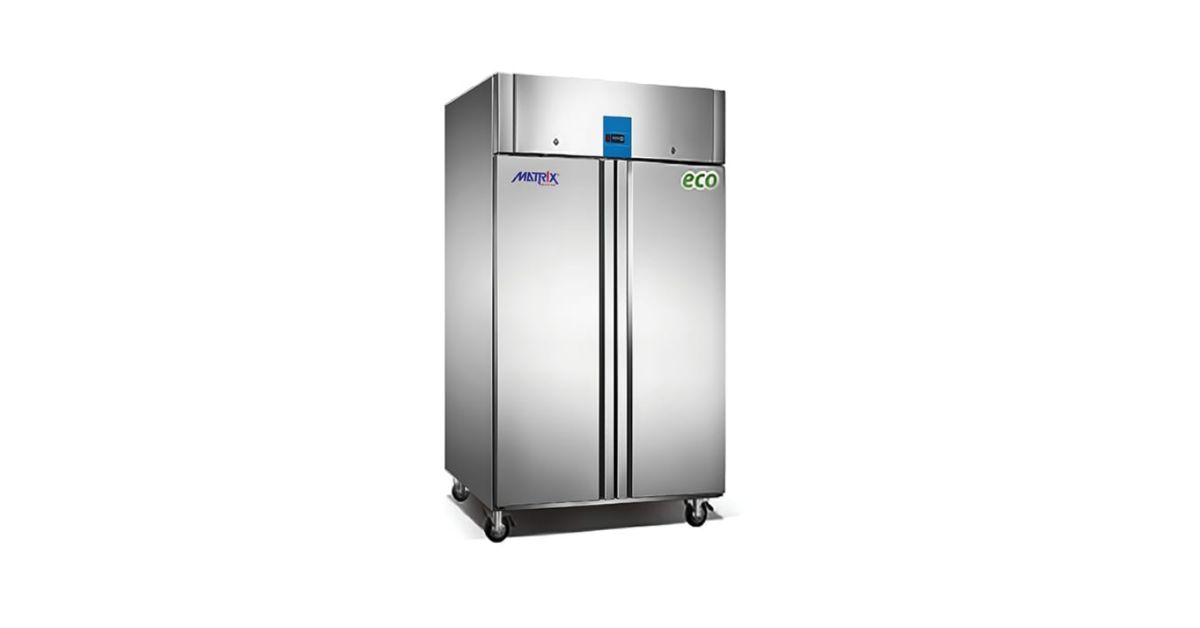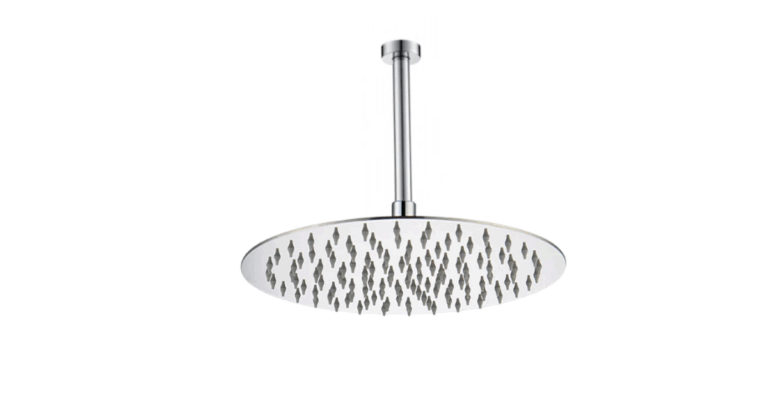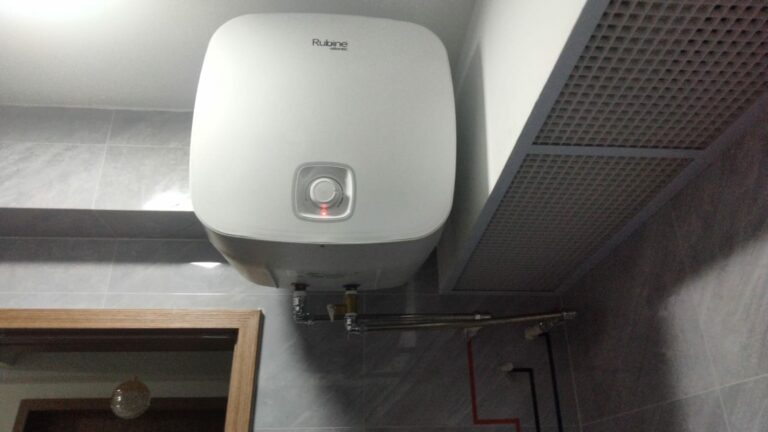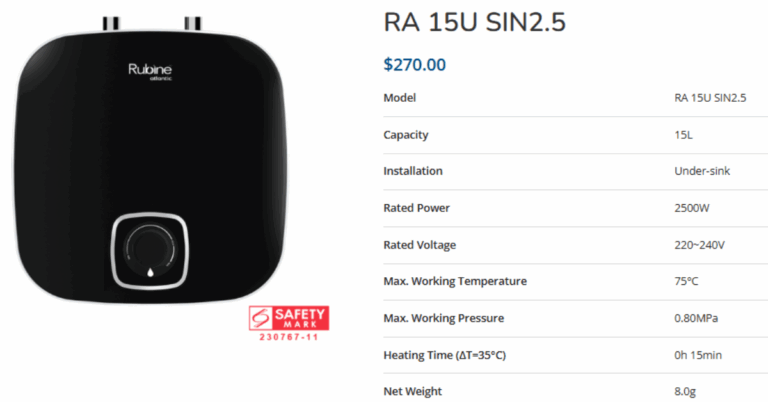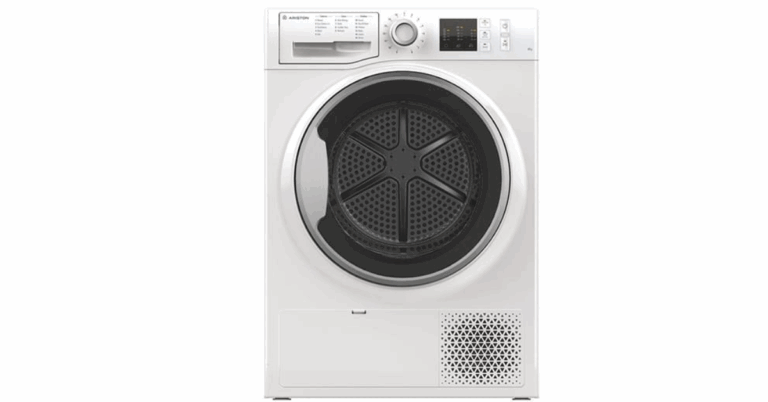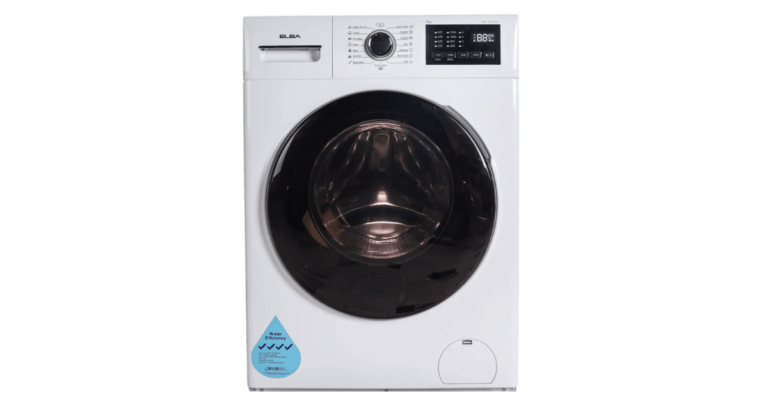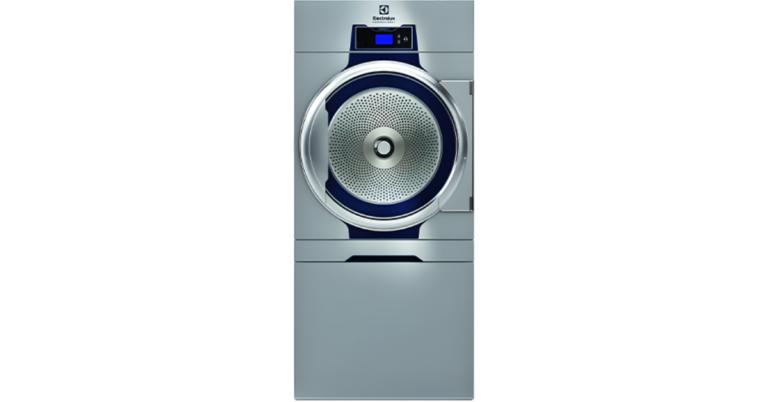Marine SS Chiller 1220 L 110V: A Robust Cooling Solution for Seafaring Needs
Marine environments present unique challenges for cooling systems: corrosion from salt spray, fluctuating ambient temperatures, motion of the vessel, limited space, and stringent power constraints. Amid these harsh conditions, a well-engineered chiller can make the difference between spoiled stores and smooth operations. One such solution gaining attention is the Marine SS Chiller 1220 L 110V a stainless-steel double-door chiller designed specifically for marine and cruise-ship use, with a capacity of 1,220 litres and operating on 110 V / 60 Hz.
In this article, we explore the features, advantages, technical considerations, installation tips, maintenance strategies, and applications of the Marine SS Chiller 1220 L 110V, helping marine operators, ship engineers, and procurement teams make informed decisions.
1. Key Features and Specifications
The Marine SS Chiller 1220 L 110V is built with a host of features tailored for demanding maritime environments:
-
Capacity & Layout: With a 1,220-litre internal volume and a double-door arrangement, it provides ample storage while enabling easier access without excessive loss of cold air.
-
Stainless Steel Construction: The chiller is built from grade-304 stainless steel for both interior and exterior surfaces. This ensures durability, corrosion resistance, and ease of cleaning—crucial qualities at sea.
-
Digital Control & Display: A digital thermostat or control panel allows precise temperature setting and monitoring, essential for maintaining consistent cooling under varying loads.
-
Circulation Fan with Uniform Cooling: A circulation fan distributes cold air evenly throughout the compartments, helping avoid hotspots or incomplete cooling zones.
-
Automatic Defrost: Frost accumulation is a constant challenge in chillers. An automatic defrost mechanism ensures that ice buildup is managed without requiring frequent manual interventions—especially valuable in marine settings.
-
Adjustable Shelves & Door Locks: Six heavy-duty stainless steel shelving units make it possible to configure storage layouts. Each door also includes a lock to secure contents, which is important in a moving environment.
-
Interior LED Lighting: Bright, energy-efficient LED lighting enables visibility even in dim galley or storage spaces, while keeping power draw low.
-
Refrigerant & Efficiency: The unit commonly uses R134a refrigerant, balancing cooling efficiency with environmental considerations.
-
Power Demand: It operates at 110 V, 60 Hz, drawing 6.5 amps in typical conditions.
-
Dimensions & Weight: Its footprint is approximately 1,370 mm × 760 mm × 1,850 mm. The gross weight is around 180 kg, net about 160 kg.
These specifications make the 1220 L 110V chiller a strong candidate for medium to large-scale marine refrigeration, especially on cruise ships, supply vessels, and large yachts.
2. Advantages in Marine Environments
2.1 Corrosion Resistance & Durability
Marine equipment must resist salt corrosion and humidity. Stainless steel construction not only ensures hygiene and strength, but also helps guard against the corrosive marine atmosphere. Many marine HVAC and refrigeration systems use specialized alloys or coatings to extend lifespan.
2.2 Stable Cooling Under Motion
On a vessel, tilting, rolling, and vibration are constant. The circulation fan and internal structure reduce the impact of motion on cooling performance, ensuring more stable temperatures—even in rough seas.
2.3 Energy Efficiency & Lower Demand Peaks
Because the chiller runs on standard 110 V and draws a moderate current (6.5 A), it is manageable within a ship’s power budget. The automatic defrosting and efficient design reduce power surges and help avoid undue load on generators or shore power.
2.4 Ease of Maintenance
Marine operations often have limited spare parts access. The digital controls, removable door gaskets, and modular design make servicing easier. Automatic defrost reduces the need for personnel to intervene manually.
2.5 Flexibility in Storage & Access
Double doors mean easier access to a portion of the storage without exposing the whole chamber to ambient air, improving thermal efficiency and usability during loading/unloading.
3. Technical and Design Considerations for Deployment
When integrating the Marine SS Chiller 1220 L 110V on a vessel, several technical aspects deserve attention:
3.1 Electrical Integration
-
Voltage Compatibility: While many ships use 230 V or three-phase systems, the 110 V design is suitable for vessels with US-style or dual-voltage systems. Ensure compatibility or use step-down transformers if needed.
-
Circuit Protection: Proper fusing or breakers, correct gauge wiring, and surge protection are necessary to prevent overheating or voltage drop.
-
Load Balancing: On ships with multiple large electrical loads, avoid overloading circuits during peak operations.
3.2 Ventilation & Heat Rejection
Any chiller must reject heat to the ambient environment (air or seawater). Proper ventilation of the condenser compartment is essential to avoid heat build-up, which could reduce cooling efficiency or overheat components.
3.3 Placement & Mounting
The chiller should be mounted securely with vibration isolation to prevent damage. Keep clearance on all sides for service access, airflow, and door operation.
3.4 Piping, Drainage & Insulation
-
Condensate and drainage lines should be routed to avoid trapping water or causing backflow, especially with vessel movement.
-
Insulated piping helps minimize heat ingress to cooled zones.
-
Ensure proper routing of electrical conduits to avoid interference from high-voltage lines.
3.5 Safety & Redundancy
On critical vessels, consider redundancy or backup units so that failure of a single chiller does not jeopardize perishable stores or passenger comfort.
4. Installation Best Practices
A successful installation maximizes performance and minimizes maintenance. Below are best practices:
-
Pre-inspection & Planning: Check structural strength, alignment, and space constraints.
-
Mounting Pads & Shock Absorbers: Use anti-vibration mounts and leveling to maintain structural integrity.
-
Flexible Connections: Use flexible hoses or loops in piping to absorb motion instead of rigid connections.
-
Access Provisioning: Leave service clearance for compressor, fan, evaporator, and internal panels.
-
Airflow Path: Avoid blockage of condenser airflow; ensure fresh and exhaust air pathways.
-
Electrical Routing & Grounding: Use marine-grade cabling, proper shielding, and reliable grounding.
-
Precharging & Leak Testing: Before commissioning, pressure-test the refrigerant circuit and verify no leaks.
-
Commissioning & Monitoring: Gradually bring the unit online while monitoring current draw, pressures, and temperatures. Adjust setpoints as required.
5. Maintenance Strategy and Best Practices
To ensure long-term reliability, a solid maintenance plan is essential.
-
Regular Inspections: Monthly checks of door seals, fans, condensers, and defrost cycles.
-
Cleaning: Keep condenser coils, filters, and fan blades free from salt, dust, and marine deposits.
-
Gasket Replacement: Door gaskets may degrade faster in marine humidity; replace when leaking or cracked.
-
Refrigerant Level Check: Monitor pressures and top up if refrigerant drop is observed (ensuring no leaks).
-
Defrost System Test: Verify auto-defrost is functioning and reset timers/sensors if necessary.
-
Electrical Component Inspection: Check wiring, contacts, relays, and connectors for corrosion.
-
Spare Parts: Keep critical spares like thermostats, fans, relays, and gaskets onboard.
-
Seasonal Shutdown (if applicable): If the chiller is idle for extended periods, drain refrigerant properly or follow the manufacturer’s preservation protocol.
A reliable maintenance regimen significantly extends the service life and reduces unexpected failure risk.
6. Use-Case Applications and Suitability
Cruise Ships & Large Passenger Vessels
With high demand for cold storage in galleys, bars, and stores, a 1,220 L chiller is well suited to large volume cooling needs in passenger ships.
Offshore Supply & Support Vessels
Maintaining foodstuffs and medical supplies in remote operations demands a robust, reliable chiller that can run continuously under load.
Yachts & Expedition Vessels
For yachts with ample galley operations or provisioning needs, the Marine SS Chiller 1220 L provides capacity without needing multiple smaller units. Its stainless build also fits aesthetic and durability standards.
Remote Research & Floating Platforms
Remote marine stations or floating labs may benefit from a heavy-duty chiller that can maintain temperature-sensitive samples aboard floating platforms.
7. Comparison with Alternative Marine Cooling Approaches
Other marine cooling systems (such as chilled-water A/C systems, or modular chillers) have their own merits. Let’s compare:
-
Chilled-water Air Conditioning Systems: These chillers circulate cold water through air handlers across the vessel for comfort cooling. They excel in distributed cooling but are often more complex to install and maintain.
-
Titanium/Corrosion-Resistant Chillers: Some marine chillers use titanium condensers for superior longevity in saltwater. These designs may offer longer lifespan but at higher cost.
-
Modular Units & Scalable Cooling: Some systems allow multiple smaller modules to share the load, improving redundancy and flexibility.
-
Compact & DC-based Systems: For smaller boats, DC-powered chillers or compact refrigeration modules may be more efficient for the limited energy budget.
Compared to these, the Marine SS Chiller 1220 L 110V offers a balance of large capacity, robustness, simplicity, and suitability for standard AC power environments.
8. Challenges, Risks & Mitigation Strategies
8.1 Saltwater Corrosion
Despite stainless steel, seawater ingress or salt spray may eventually degrade components. Regular cleaning and use of sacrificial anodes can mitigate this risk.
8.2 Power Fluctuations
Voltage fluctuations or dips during peak loads may destabilize operation. Use of voltage stabilizers, line filters, or UPS systems helps maintain stable input.
8.3 Thermal Overload
If ambient heat rejection is insufficient (poor ventilation), the chiller may overheat and lose capacity. Good ventilation design is essential.
8.4 Vibration & Structural Stress
Marine motion can stress joints, piping, or welds. Flexible couplings, shock absorbers, and periodic inspection reduce fatigue failure risk.
8.5 Component Wear
Moving parts (fans, compressors) will wear over time, especially under salt-laden air. A preventive replacement schedule helps maintain uptime.
9. Future Trends & Enhancements
Marine refrigeration continues to evolve. Some future or advanced features to watch for or incorporate:
-
Variable-speed compressors (or inverter drives) to modulate cooling output and reduce power waste.
-
Remote monitoring & IoT integration to allow status monitoring, alarms, and diagnostics from shore.
-
Alternative eco-friendly refrigerants with lower global warming potential than R134a.
-
Hybrid cooling modes combining air-cooled and seawater-cooled heat rejection.
-
Improved insulation materials and smarter defrost algorithms to lower energy usage.
By selecting a chiller with upgrade-friendly architecture, ship owners can adapt to future enhancements.
10. Conclusion
The Marine SS Chiller 1220 L 110V presents a compelling option for maritime refrigeration needs, blending stainless-steel durability, sizeable cooling capacity, and compatibility with common 110 V systems. Its thoughtful design—double doors, auto-defrost, digital controls, and corrosion-resistant materials—makes it suitable for cruise ships, large yachts, offshore vessels, and more.
However, its success depends on careful integration: proper electrical planning, ventilation, mounting, and maintenance are all essential. By adopting best practices and a proactive maintenance regimen, marine operators can rely on this chiller to maintain critical cooling performance in the demanding marine environment.

